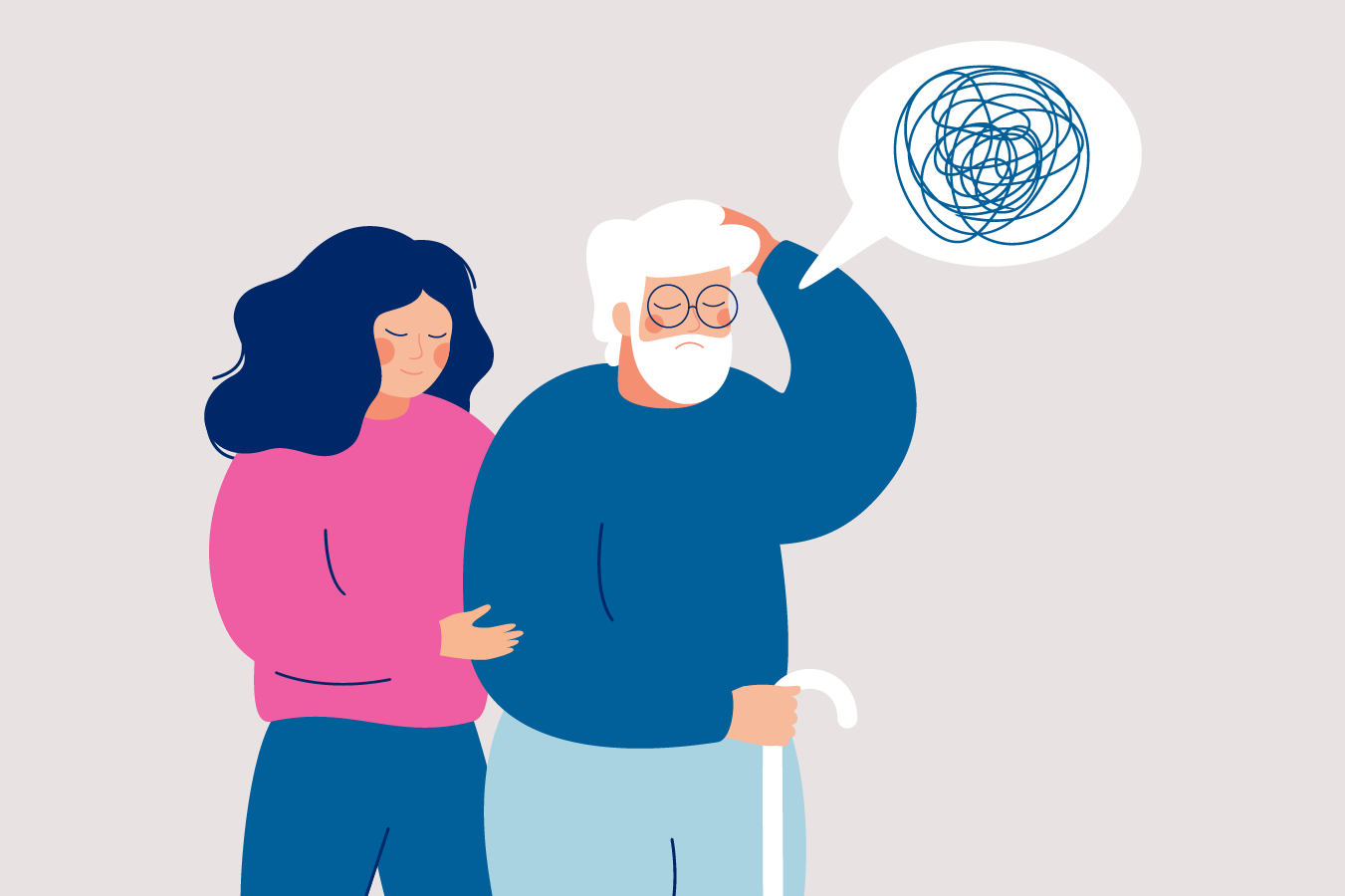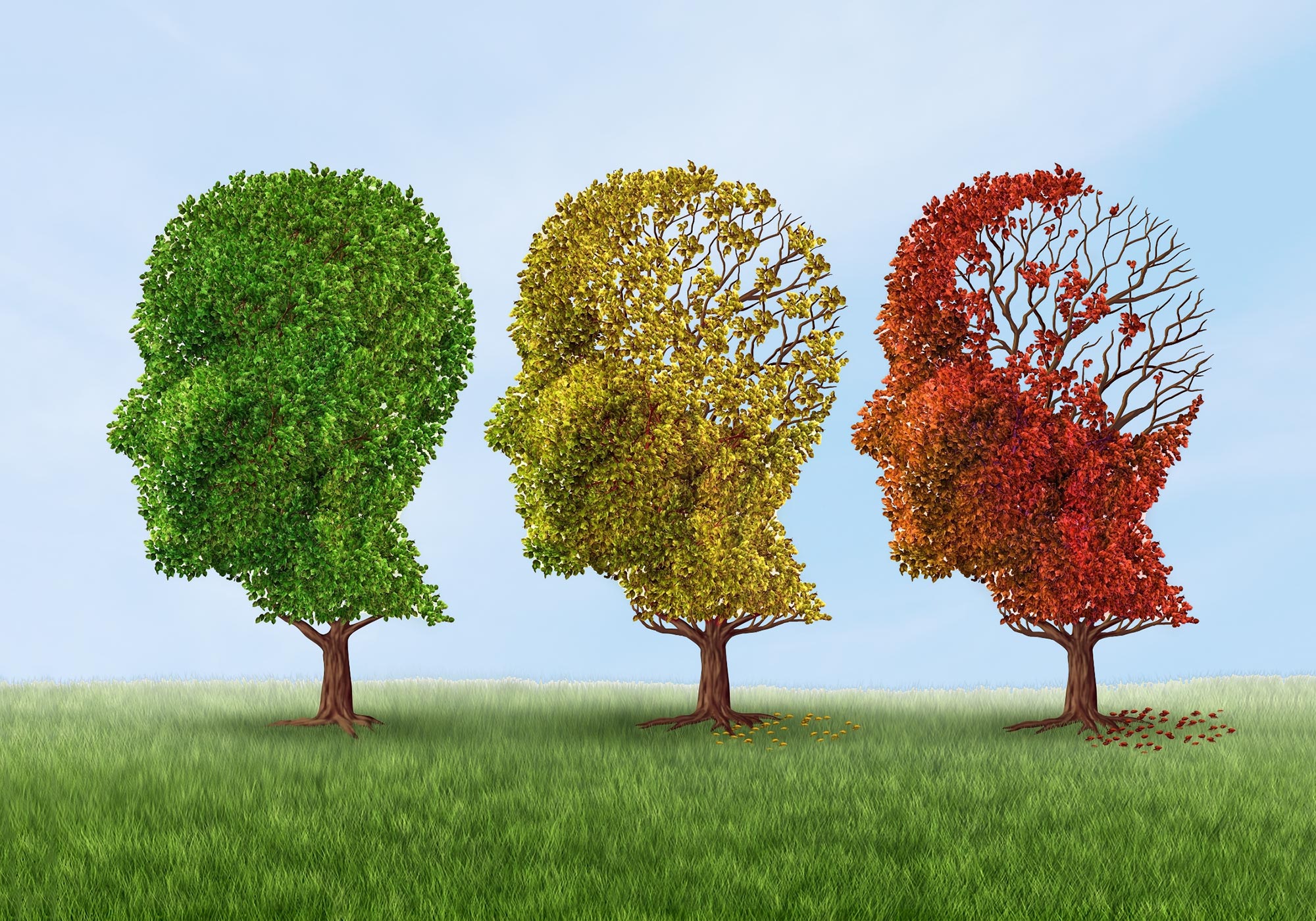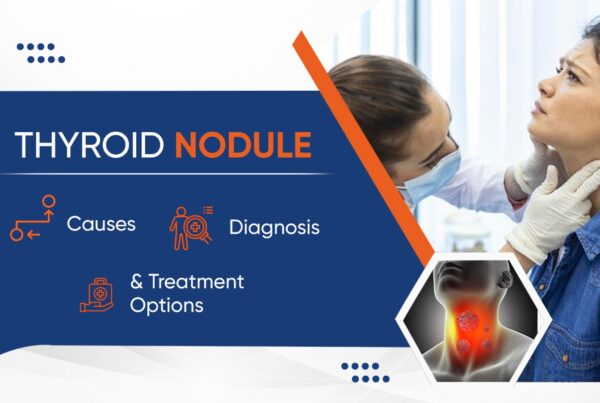Table of Contents
DEMENTIA
 Introduction
Introduction
Dementia is often thought to be memory loss. It is, however, more than that. It impairs cognitive abilities while also causing uncertainty and disorientation. Dementia may be caused by a variety of medical conditions. Some types of dementia develop, while others can be reversed.
According to a new census research survey, Alzheimer’s disease affected as many as 4.7 million people in America aged 65 and up in 2010.
According to the World Health Organization, over 50 million people are suffering from dementia, and 10 million new cases are recorded each year. Alzheimer’s disease is the most prevalent form of dementia, accounting for 60 percent to 70 percent of cases.
What is Dementia and How Does It Affect You?
Dementia is a general concept that encompasses the inability to reason objectively, the progressive deterioration of memory, and the loss of decision-making abilities. Dementia is not an illness in and of itself. It’s a symptom of a deeper medical problem, quite commonly a neurological disorder. Dementia can be caused by a variety of factors.
Alzheimer’s disease is the most common cause of dementia. More than half of patients with Alzheimer’s disease have a type of dementia. Dementia symptoms can be reversed in some cases, but dementia can also worsen due to a rise in the intensity of the underlying disorder.
How do you make memory connections?
The act of encoding and retaining information in the brain is known as memory. It also entails retrieving the data whenever it is needed. It is important to have a good memory to live a normal life. It is our memories that allow us to recall events, ancestors, and acquaintances. The memory link is a complicated operation. Mental representation stores the objects we see, the information we acquire, and the relationships we form in the brain.
Neurons are the main memory-making cells in our bodies. These cells in our brain constantly fire and alter or build memories, and the capacity to store and retrieve information grows as we grow from childhood to adulthood.
Neurons are the nervous system’s operating components. The synapse connects each neuron to the next. The neurons in the brain send electrochemical signals to one another in the synapse when the brain processes information. Because of such signals, surrounding neurons fire in varying degrees of intensity. Memory is the product of this varying intensity shift and the net of neuron connections.
It’s important to remember that the brain doesn’t have a single location for storing information in memory. The hippocampus, for example, holds episodic memories, and different parts of the brain specialize in storing different types of memory. There are two types of memory: unconscious and explicit memory. You can recall unconscious memories, such as swimming, without effort; however, you must make an effort to recall specific memories.
Explicit memories can be either episodic or semantic in nature.
The information is processed in three ways by the brain. What are the methods:
Register of the senses The brain receives input from the environment during this phase. The memory through the sense organs is temporary and lasts just a few seconds because the individual is not paying attention to the details.
Short-term memory is the ability to recall information quickly. Short-term memory and working memory are the two forms of short-term memory. In situations where you recall something just to repeat it, the brain needs short-term memory. Remembering a phone number is an example. Working memory is useful when you need to recall facts to complete a task, such as remembering a math problem that your instructor has assigned to you. We work on strengthening our working memory while we speak about memory improvement.
Long-term memory is the ability to remember things for a long time. Many people believe that once information is stored in long-term memory, it is permanently stored there. However, information stored in long-term memory can only be accessible for a few days or months at a time. By forming and modifying associations, the hippocampus converts working memory to long-term memory.
What are the Different Kinds of Dementia?
The listed are among the dementia types:
Alzheimer’s disease is a form of dementia. Dementia of this kind is the most common. The accumulation of clusters and plaques in the brain is a function of this dementia.
Lewy body Dementia: Dementia that worsens over time. Patients with this dementia have Lewy bodies in their brains, which are protein clumps that look like balloons.
Vascular dementia: Vascular dementia affects the vessel walls supplying blood to the brain causes this dementia. A decline in problem-solving skills and sluggish thinking are two signs of vascular dementia.
Frontotemporal dementia: Dementia that affects the frontal lobe. This dementia affects the frontal and temporal lobes and is caused by nerve cell damage.
Dementia with a mix of symptoms: This dementia occurs when more than one form of dementia occurs at the same time in an older person.
What is the Dementia Symptoms?
The following signs can be experienced by a dementia patient:
1.Personality morphs
2.Confusion and disorientation
3.When talking, there is a dearth of vocabulary.
4.Depression, anxiety, and stress are examples of psychological changes.
5.Complicated tasks are difficult to complete.
6.Problem-solving abilities deteriorate
When Do You See a Doctor?
In the early stages of dementia, you do not notice any of the signs. If you have any of the following symptoms, you should see a doctor:
1.You get disoriented while driving.
2.The habit of losing things.
3.The capacity to address logical problems greatly deteriorates.
4.You have trouble coordinating your movements.
5.You have depression and anxiety, as well as psychological shifts.
What Causes Dementia and How Can It Be Prevented?
Dementia is a sign of a more serious medical problem. Dementia can be caused by a variety of factors, including:
1.Deficiency in nutrients
2.Traumatic brain injury
3.Parkinson’s disease
4.An autoimmune disease
5.Alzheimer’s disease
6.Huntington’s disease
7.Creutzfeldt-Jakob disease
8.Brain infection
9.Side effects of medications
10.Disorders in metabolism
11.Hematomas
What are the Dementia Risk Factors?
Dementia is caused by many causes. Among the considerations are:
1.Diabetes, cardiovascular and autoimmune diseases are some of the underlying medical conditions.
2.Heavy alcohol consumption, smoking, lack of physical activity, and an unhealthy diet are all examples of sedentary lifestyles.
3.Age factor.
4.Dementia runs in the family.
What are the Dementia Treatment Options?
The following are some dementia management options:
Medications are prescribed. To control the signs of dementia, your doctor can prescribe a variety of medications. Memantine, rivastigmine, galantine, and donepezil are examples of these drugs.
Therapy: Therapies will also aid patients in completing everyday activities. It requires physical therapy and breaking down the job into smaller measures to make it easier.
What are Dementia’s Complications?
The following complications can arise as a result of dementia:
1.Malnutrition due to Pneumonia
2.Owing to a lack of focus and confusion, there are safety concerns.
3.unable to carry out simple functions
What Can Be Done to Prevent Dementia?
There really is no way to absolutely avoid dementia. However, you can lower the risk by taking the following steps:
1.Keeping a balanced diet and becoming socially responsible
2.Smoking cessation
3.Exercising regularly
4.Vitamin deficiency prevention
5.Getting enough rest
6.Taking care of underlying medical issues
Final thoughts:
The brain interprets the knowledge from the environment and saves it for later use. Memory is the functional capacity to store, retain, and retrieve data. Short-term and long-term memory are two types of memory. When neurons make or alter connections when processing information, memory is formed in the brain.










